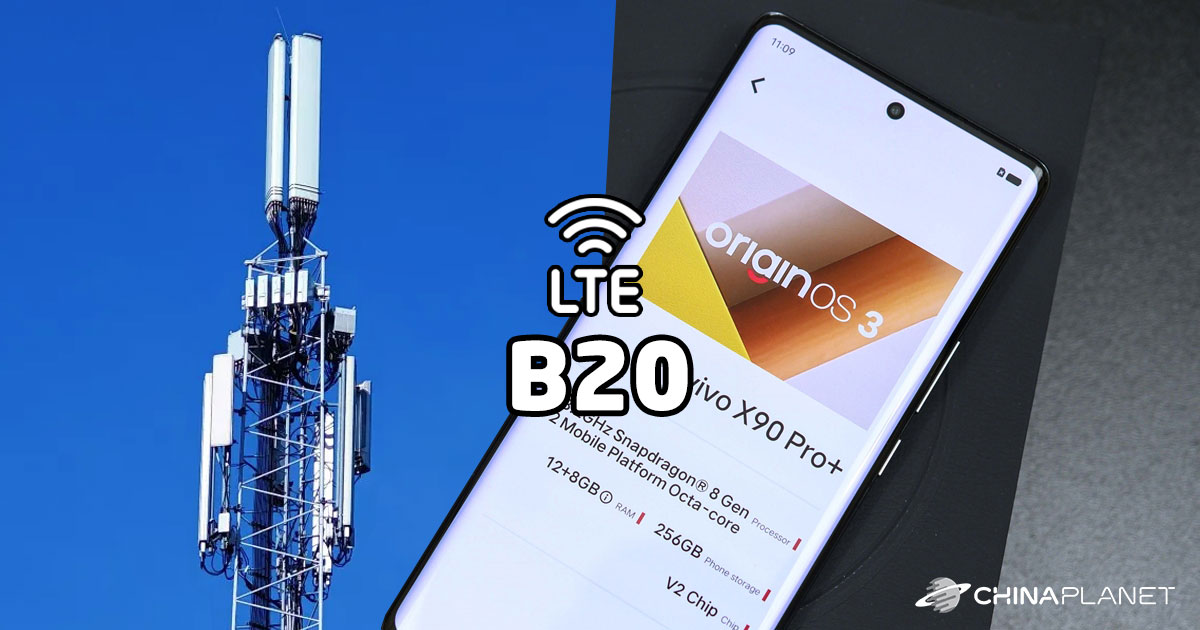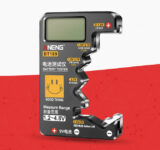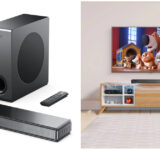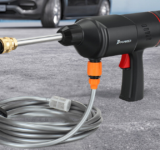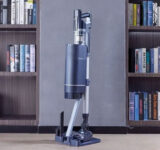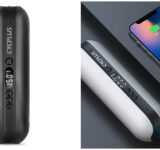Chinese devices are typical in that their equipment lacks the B20 band, and for this reason there is also a limited type of Internet connection. Why is that so?
Band B20: What is it?
LTE Band 20, also known as B20 band or 800 MHz, is a frequency band used for mobile communication in the network LTE (ie Long-Term Evolution). And LTE itself is a fourth-generation (4G) mobile technology that offers faster data transfer and better network coverage than its predecessors 3G and 2G.
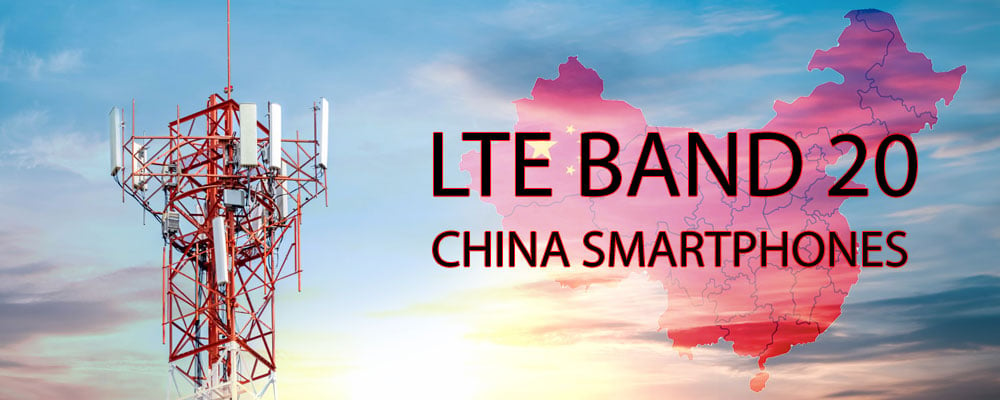
Band B20 works in the frequency range 832 - 862 MHz for uplink (UL) a 791 - 821 MHz for downlink (DL), with total width 30 MHz. Uplink refers to the transfer of data from the mobile device to the network, while downlink is the transfer of data from the network to the mobile device.
The use of this band immediately offers several advantages for mobile communication. First, the low frequency of 800 MHz allows for better indoor penetration and greater outdoor coverage compared to higher frequencies.
And second, it offers flexible bandwidth ranging from 1,4 MHz to 20 MHz, allowing mobile operators to adjust network capacity and performance as needed.
Duplex TDD and FDD in the LTE 20 band
Mobile communication offers two main technologies for duplex data transmission: time division duplex (TDD) and frequency division duplex (FDD). The B20 band supports both of these types, allowing efficient use of the available spectrum.
T it uses one frequency band for uplink and downlink, while the transmission takes place in consecutive time slots. This means that uplink and downlink are transmitted alternately on the same frequency band. Duplex TDD is particularly useful in scenarios where traffic is uneven in both directions. Time periods can thus be assigned to dynamicky as needed.
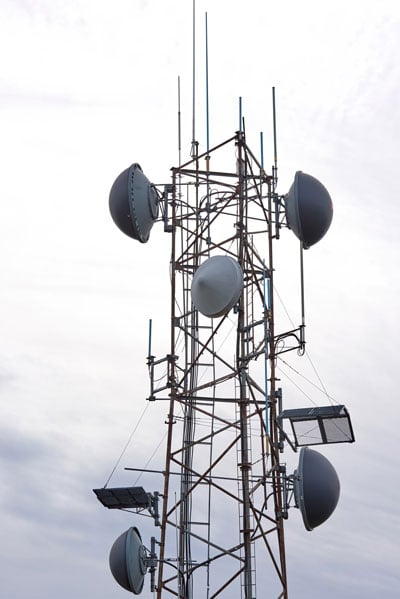
FDD it uses two separate frequency bands for uplink and downlink, while the transmission takes place simultaneously on both bands. This means that the uplink and downlink are transmitted on different frequency bands, allowing for continuous two-way communication, with steady operation.
In the B20 band, both TDD and FDD are used to make efficient use of the available spectrum. The choice between TDD and FDD depends on a variety of factors, including network topology, traffic patterns, and regulatory requirements.
The difference between Europe and China
In Europe, the B20 band is a very important frequency for mobile communications. It operates in the 800 MHz range and is often used in rural areas. In those, the mobile cells have to cover a slightly larger area. Lower frequency 800 MHz enables greater reach and better penetration into the interior of buildings. In China, on the other hand, other LTE bands are preferred, which operate at higher frequencies and enable higher data transfer speeds.
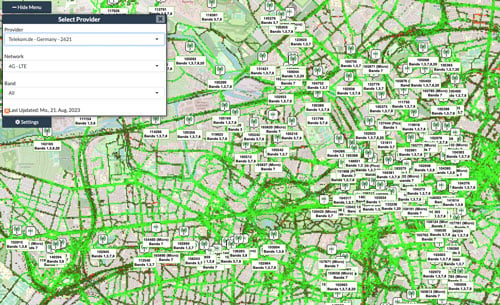
Chinese smartphone manufacturers like Xiaomi, Oppo, Vivo, Realme, Redmi whether ZTE are focused on the domestic market. And they adapt their devices to this, including the LTE bands typical in China.
Since the B20 band is not widely used in China, plus each frequency costs additional license fees, many manufacturers see no reason to support this band in their devices. However, this can lead to problems when these devices, originally "Chinese", are used in Europe. The problem can arise especially in rural areas, where this band is used more often.
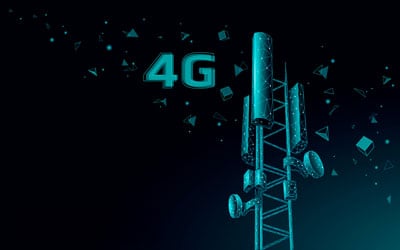
The absence of support for the B20 band may result in limited connectivity and slower data transfer speeds. However, in urban areas where other LTE bands are available, this should not be such a significant problem. In addition, some Chinese smartphone manufacturers offer special global versions of their devices that support the B20 band and other LTE bands used in Europe.
Such is the comparison with other bands
Band B20 is just one of the many LTE bands used in mobile communications. Each band has its own frequencies, bandwidths and applications. Below you will find their comparison:
- LTE Band 1 (2100 MHz) - Asia + Europe, good combination of range and capacity. Susceptible to interference and worse coverage in the interior of buildings compared to the B20 band
- LTE Band 3 (1800 MHz) – Worldwide, good performance in urban and populated areas. But it has a lower range and worse coverage in the interior of buildings compared to the B20 band
- LTE Band 7 (2600 MHz) – Asia + Europe, high capacity and data transfer speed. Like band 3, it has a lower range and worse coverage in the interior of buildings compared to band B20
- LTE Band 28 (700 MHz) - Some countries in Asia and South America, excellent range and penetration into the interior of buildings. But it has lower capacity and speed than B20
Compared to these bands, the B20 band offers a very good combination of maximum range, capacity, and also penetration into the interior of the building.
What is the future of the B20 LTE band?
The B20 band is expected to play an important role in mobile communications in the coming years as well. Despite the advent of 5G connectivity, LTE will still be a very important type of connection. Especially in areas with low population density and in the interior of buildings, where higher frequency bands are less effective.
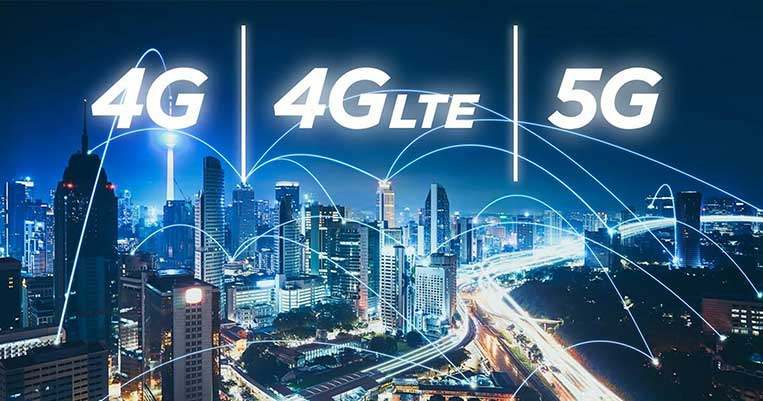
This band is currently replaced by band in many areas 1, 3, 7 or 8. Higher data transfer speed in a small area means that you will get higher speed and better reception in metropolitan areas. However, it is important to know that right LTE is the technology that is currently spreading the most. And that at the expense of the older one 3G, which is currently being dismantled in many countries or these masts are being modernized precisely to 4G.
Follow our website too China Planet, our group on Telegram full of current articles, subscribe to the news and join us to our Facebook group.


